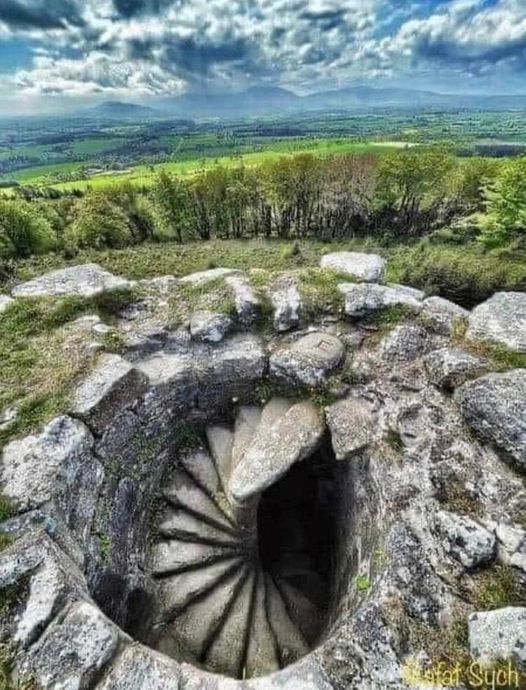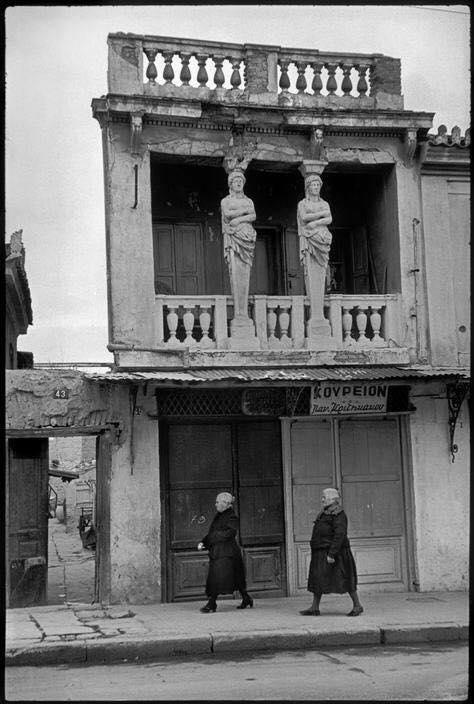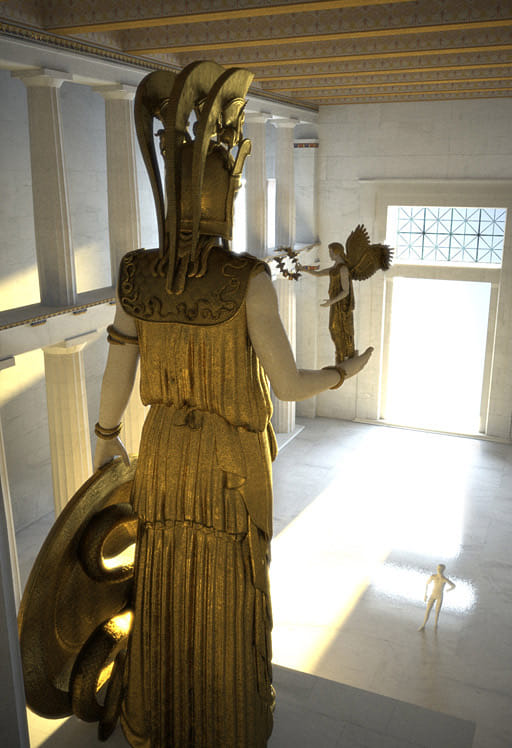The Venus Callipygia (with the beautiful buttocks) is one of the most beautiful examples of Greek sculpture that have come down to us. It is a copy made in Roman times. Due to the brazen pose made even more realistic by the typical executive style of the time, although always admired and jealously guarded, it was for a certain period the subject of censorship and moved to the secret collection of the Farnese family, away from prying eyes. In 1786 AD, it was transferred to Naples. The work depicts a woman, probably caught in the moment in which she is about to take a bath, who lifts her dress and turns an admiring gaze to her perfect B-side.
In the vast tapestry of art history, certain masterpieces stand as timeless testaments to human creativity and aesthetic appreciation. Among these, the Venus Callipygia, with its enchanting depiction of feminine beauty, holds a revered place. Originating as a Roman copy of a Greek original, this sculpture embodies grace, sensuality, and a hint of controversy. Let us delve into the captivating story behind this iconic piece, exploring its journey through time and the intricacies of its portrayal.
The Venus Callipygia (with the beautiful buttocks) is one of the most beautiful examples of Greek sculpture that have come down to us. It is a copy made in Roman times. Due to the brazen pose made even more realistic by the typical executive style of the time, although always admired and jealously guarded, it was for a certain period the subject of censorship and moved to the secret collection of the Farnese family, away from prying eyes.
A Roman Replica: Unveiling the Venus Callipygia's Origin The Venus Callipygia, also known as the Venus with the Beautiful Buttocks, traces its origins to the heights of ancient Greek artistic expression. Crafted during the Hellenistic period, it captures the essence of Greek ideals of beauty and symmetry. However, the version that has survived through the ages is a Roman reproduction, crafted with meticulous detail and reverence for the original.
The Intriguing Pose: A Study in Brazen Realism One cannot discuss the Venus Callipygia without acknowledging its bold and provocative pose. Unlike the demure stances of many classical sculptures, this piece exudes confidence and allure. With her lifted dress and admiring gaze towards her posterior, the figure embodies a sense of self-assuredness and sensuality. This brazen realism, characteristic of the artistic style of its time, adds layers of complexity to its interpretation.
Controversy and Censorship: A Tale of Secrecy and Rediscovery Despite its enduring charm, the Venus Callipygia has not been immune to controversy. At various points in history, its unabashed portrayal of the female form led to censorship and even relegation to secret collections. The Farnese family, known for their patronage of the arts, safeguarded this masterpiece from prying eyes during one such period of suppression. However, in 1786 AD, it emerged from the shadows and found a new home in Naples, where it continues to captivate audiences to this day.
A Glimpse into Antiquity: Reflecting on Ancient Discoveries The Venus Callipygia serves as a portal to the ancient world, offering a glimpse into the artistic sensibilities and societal norms of bygone eras. Through its intricate details and timeless beauty, we are transported to a time when sculpture was not merely an art form but a medium for expressing ideals of beauty, femininity, and the human experience. As we marvel at this masterpiece, we are reminded of the rich tapestry of history that shapes our understanding of art and culture.
Conclusion: In the annals of art history, few sculptures possess the enduring allure and mystique of the Venus Callipygia. From its humble origins in ancient Greece to its journey through Roman replication and eventual rediscovery, this masterpiece continues to captivate and intrigue audiences across the globe. As we gaze upon its elegant form and contemplate its significance, we are reminded of the timeless power of art to transcend boundaries and evoke emotion. The Venus Callipygia stands as a testament to the enduring legacy of Greek sculpture, inviting us to ponder the beauty and complexity of the human form across the ages.










